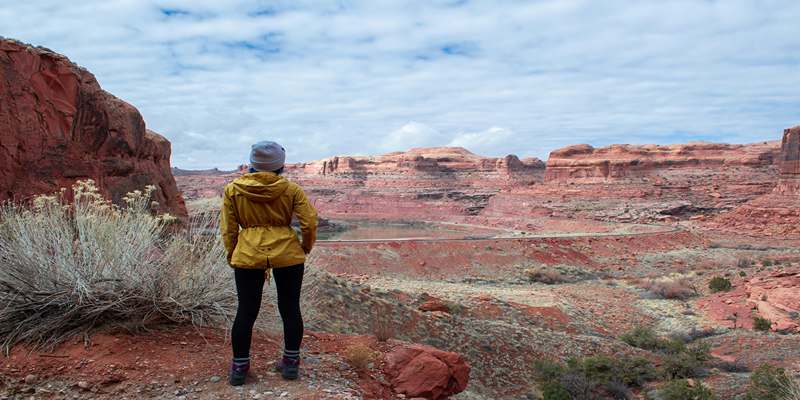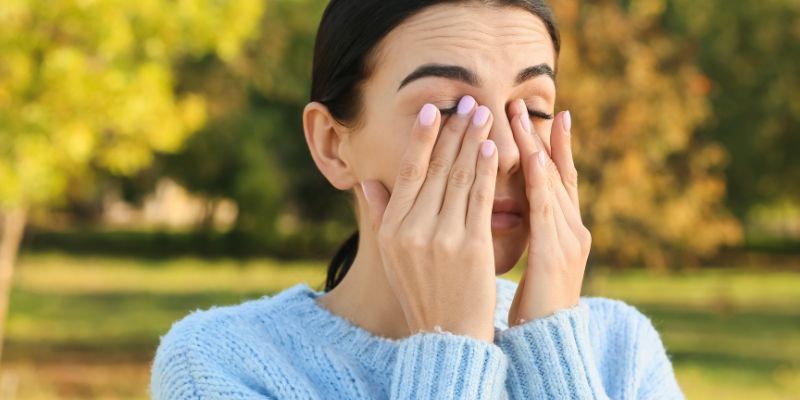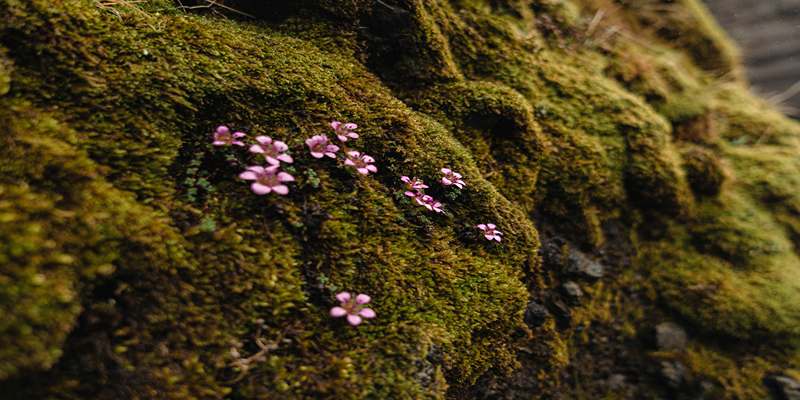How Long Will It Take Me to Get a Tan: Everything You Need To Know
Getting a sun-kissed hue that highlights your beauty usually involves tanning. But have you ever considered how long it takes to acquire that ideal tan? Everybody's response is different; it relies on your skin type, technique, and time spent under the sun. Whether you prefer tanning beds, natural sunlight, or self-tanners, safe and good results depend on knowing the procedure.
This guide will cover all you need to know about tanning times. Correct methods can help you get a brilliant tan and guard your skin. Let's explore the definitive method to safely and successfully obtain your desired tan!

How Long Does It Take To Tan?
Your skin type, UV level, time of day, and the state of the weather all affect how quickly you tan outside. Though the speed of tanning can vary, you might start to see a tan on average after roughly 15 to 30 minutes of constant sun exposure. If your skin is medium to olive, you could tan more quickly than someone with fair skin. Fair-skinned people may burn before tanning; hence, minimizing their exposure and applying sunscreen is crucial.
Another important factor is the UV index; faster tanning follows from a higher UV index but also increases the danger of sunburn and long-term skin damage. Usually, early morning or late afternoon, when the UV level is lower, is the optimum time to tan. The sun's rays are highest during peak noon hours (10 am to 4 pm), which could lead to a speedier tan and more dangerous. Aim for 15 to 30-minute sessions outside, wear sunscreen, keep hydrated, and steer clear of extended sun exposure without cover if you want a decent tan safely.
Factors That Influence Tanning
Many elements affect tanning; hence, knowing these can help you get a better tan and guarantee that your skin stays healthy. Let's examine these elements closely.
Skin Type
One of the main factors influencing your tanning speed and efficacy is your natural skin type. The Fitzpatrick scale divides skin types from quite fair to quite dark. Fair-skinned people tend to tan somewhat slowly and burn readily because less melanin, the pigment that causes darker skin tones, is present in their flesh. Conversely, those with medium or olive complexions have more melanin concentration and can tan faster.
Sun Exposure Duration
The tanning process depends much on the time you spend in the sun. A gradual and safer tan is made possible by short, consistent sun exposure—15 to 30 minutes daily—that lets Particularly without protection, longer sun sessions might cause sunburn instead of a tan. Long-term problems, including early aging and damage to skin cells, could even follow from prolonged exposure. Starting with brief sun sessions and progressively increasing exposure can help avoid skin damage when tanning.
UV Index
The UV index gauges the sun's UV radiation output in intensity. Stronger UV radiation from a higher UV index can cause tanning faster, increasing sunburn and long-term skin damage risk. Though safer, tanning is slower when the UV index is low. Your sun exposure should change when the UV index rises; you should also seek cover from the sun or apply sunscreen. Before leaving the house, you should check the UV index to understand the sun's strength better and enable you to arrange your tanning sessions more wisely and successfully.
Sunscreen Use
Sunscreen is among the most crucial instruments for preserving your skin when tanning. It guards against long-term damage and burns as well as against dangerous UV radiation. While it guarantees your skin stays protected, sunscreen slows the tanning process rather than stops it. Choose a broad-spectrum sunscreen, minimum SPF 30. Remember to reapply it every two hours or more if you swim or sweat.

Hydration and Skincare
A good and long-lasting tan depends on hydration. Dry skin often peels, which will fade your tan early on. Frequent moisturizing keeps your skin smooth and helps to avoid peeling. Apply a good-quality moisturizer every day; it should include encouraging elements. Moreover, keeping good skin by drinking lots of water helps to be hydrated. Well-hydrated skin radiates a brilliant, glowing look and holds a tan better.
Self-Tanning Products and Methods
The technique you apply for tanning also influences the tanning time. Popular ways are natural sunlight, tanning beds, and self-tanning creams. Though it provides slow tanning, natural sunshine increases sunburn danger and long-term damage risk if appropriate care is neglected. Though they offer a regulated atmosphere, tanning beds increase the danger of early aging and skin cancer from strong UV exposure.
Geographical Location and Season
Tanning also depends much on your residence location and the season. Living near the equator will cause you to get more constant and stronger UV rays all year, speeding up tanning. UV intensity is highest in the summer, which speeds tanning. However, less sun makes tanning more difficult in winter or areas with colder climates. Knowing your location and the season helps you schedule your tanning visits efficiently.
Clothing and Accessories
Additionally, what you wear when tanning affects your effects. Covering more of your body helps lower UV exposure and slow the tanning process. Conversely, minimal coverage or lighter clothes let more skin absorb UV light, accelerating tanning. Sunglasses are another item that guards your eyes from UV light but also affects the amount of light your skin absorbs.
Conclusion:
Ultimately, skin type, UV exposure, sunscreen application, and moisture all affect how quickly tanning takes. Although fast tanning might be wanted, skin health and safety must always come first. Using sunscreen, maintaining a solid skincare regimen, and progressively increasing sun exposure will help you get a lifetime tan without compromising your skin. Your location, season, and wardrobe selection also have a big impact. Knowing these elements helps you tan safely and efficiently, preserving your skin's health, brightness, and radiance for a long-lasting sun-kissed look.












